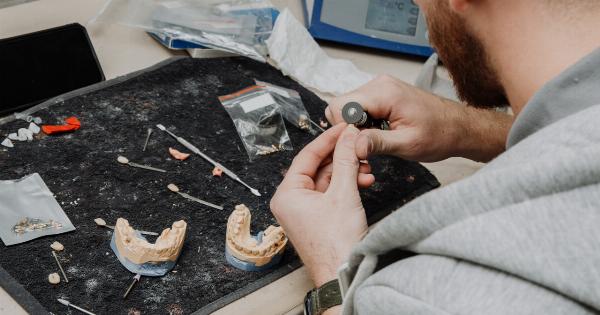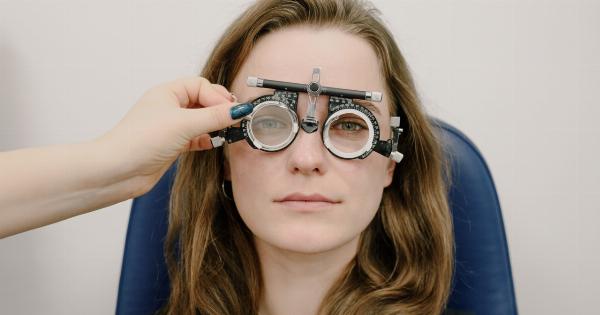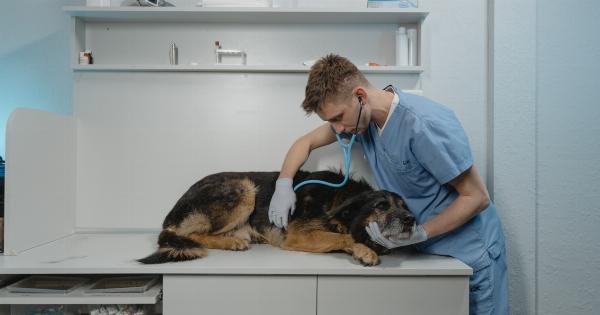Thyroidectomy surgery is a common procedure that involves the surgical removal of the thyroid gland, which is located in the neck.
The thyroid gland is responsible for regulating hormones in the body, and when it isn’t functioning properly it can cause a variety of health problems. While thyroidectomy surgery is generally safe, there are complications that can occur. In this article, we will explore how to minimize complications in thyroidectomy surgery.
1. Preoperative Assessment
Prior to surgery, it is important to conduct a thorough preoperative assessment of the patient. This should include a full medical history, physical examination, and appropriate diagnostic testing, such as blood tests, ultrasounds, and imaging studies.
The purpose of the assessment is to identify any potential risk factors that may increase the likelihood of complications during surgery.
2. Surgeon Experience and Technique
The experience and technique of the surgeon performing the thyroidectomy is a significant factor in minimizing complications. Studies have shown that surgeons who perform a higher volume of thyroidectomy surgeries have lower complication rates.
Furthermore, using a minimally invasive technique such as endoscopic or robotic-assisted surgery can significantly reduce complications compared to traditional open surgery.
3. Anesthesia Management
The type of anesthesia used during the procedure can also affect the risk of complications.
General anesthesia is typically used during thyroidectomy surgery, but there are risks associated with its use, particularly in patients with underlying medical conditions. Careful monitoring of the patient’s vital signs and oxygen levels is essential to minimize the risk of anesthesia-related complications.
4. Wound Care
Postoperative wound care is critical in reducing the risk of complications such as infection. Proper wound care techniques should be followed, including dressing changes and keeping the wound clean and dry.
Patients should also be advised to avoid opening or scratching the wound, and to seek medical attention immediately if any signs of infection occur.
5. Patient Education and Preparation
Providing patients with adequate education and preparation before the surgery can help minimize complications. Patients should be informed about the potential risks and benefits of the procedure, as well as what to expect during the recovery period.
Additionally, patients should be instructed on proper self-care measures such as medication management, physical activity, and diet modifications.
6. Proper Postoperative Monitoring
After the surgery, it is important to properly monitor the patient to detect any potential complications early on. This can include monitoring vital signs, blood tests, and imaging studies.
Any signs of complications, such as fever, excessive swelling or bleeding, or difficulty breathing, should be promptly reported to medical professionals.
7. Individualized Care Plan
Every patient is unique, and their care plan should be tailored to their individual needs and medical history. This can include factors such as age, preexisting medical conditions, and medication use.
By taking an individualized approach to patient care, complications can be minimized and recovery time can be improved.
8. Use of Technology
Advances in surgical technology have made it possible to perform thyroidectomy surgery with greater precision and accuracy.
For example, intraoperative nerve monitoring can help reduce the risk of vocal cord paralysis, a potentially serious complication of thyroidectomy surgery. Additionally, the use of three-dimensional imaging can help improve surgical planning and reduce the risk of damage to surrounding structures during the procedure.
9. Proper Discharge Planning
Discharge planning should begin early in the patient’s recovery period to ensure a safe and smooth transition from the hospital to home.
This can include arranging follow-up appointments, providing medication instructions, and educating the patient on when to seek medical attention if any complications arise.
10. Collaborative Care
Minimizing complications in thyroidectomy surgery requires a team approach to patient care. This can include collaboration between surgeons, anesthesiologists, nursing staff, and other medical professionals.
By working together, complications can be identified and addressed more effectively, leading to better patient outcomes.




























